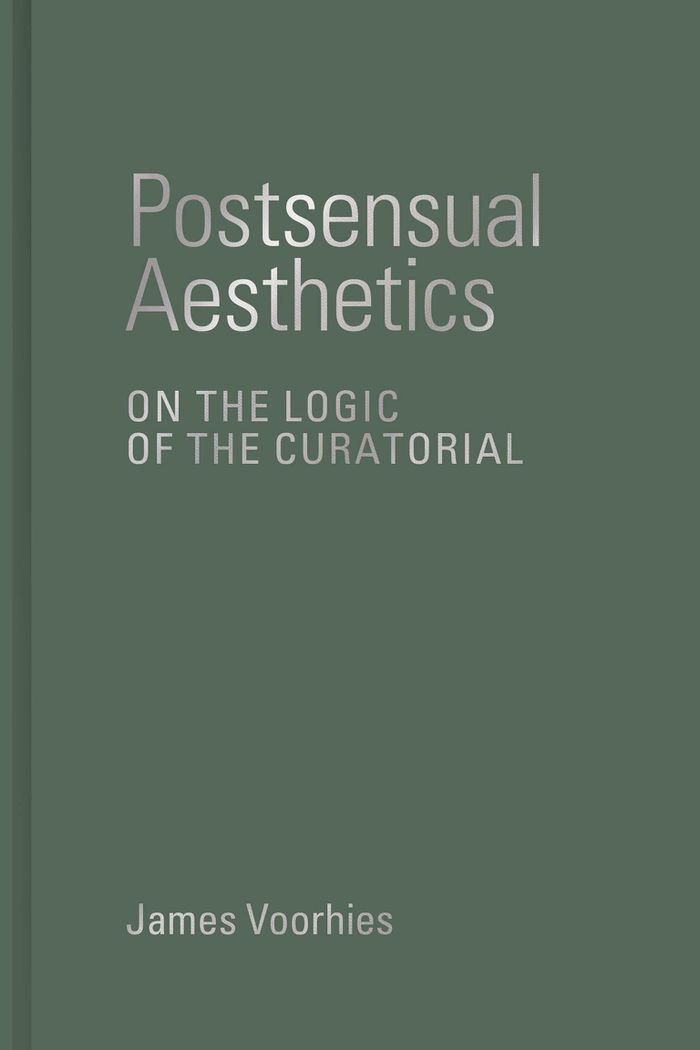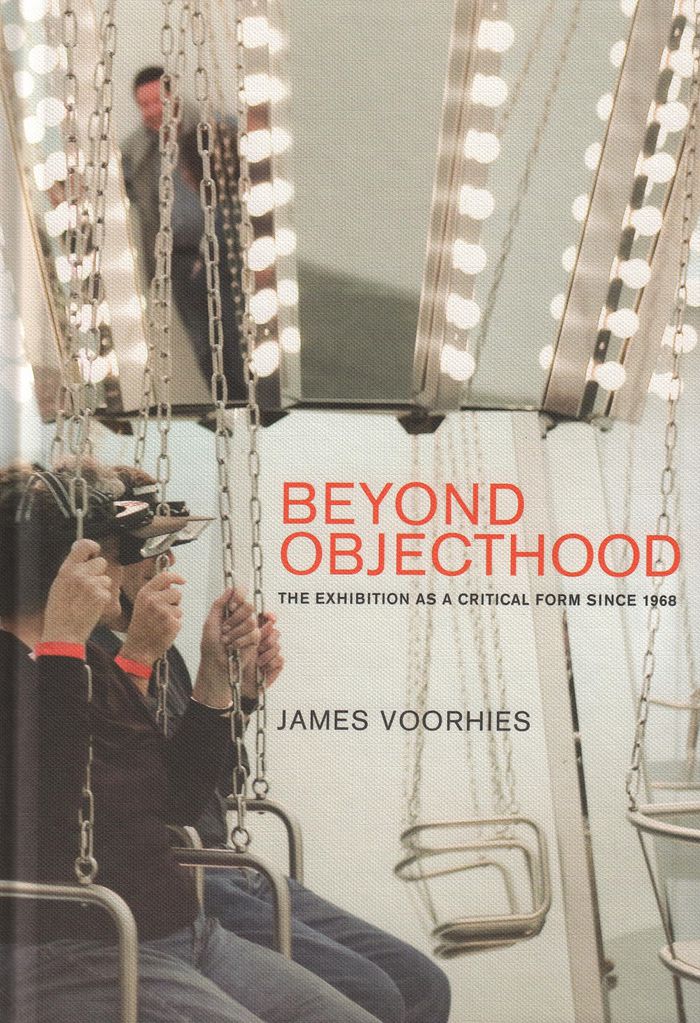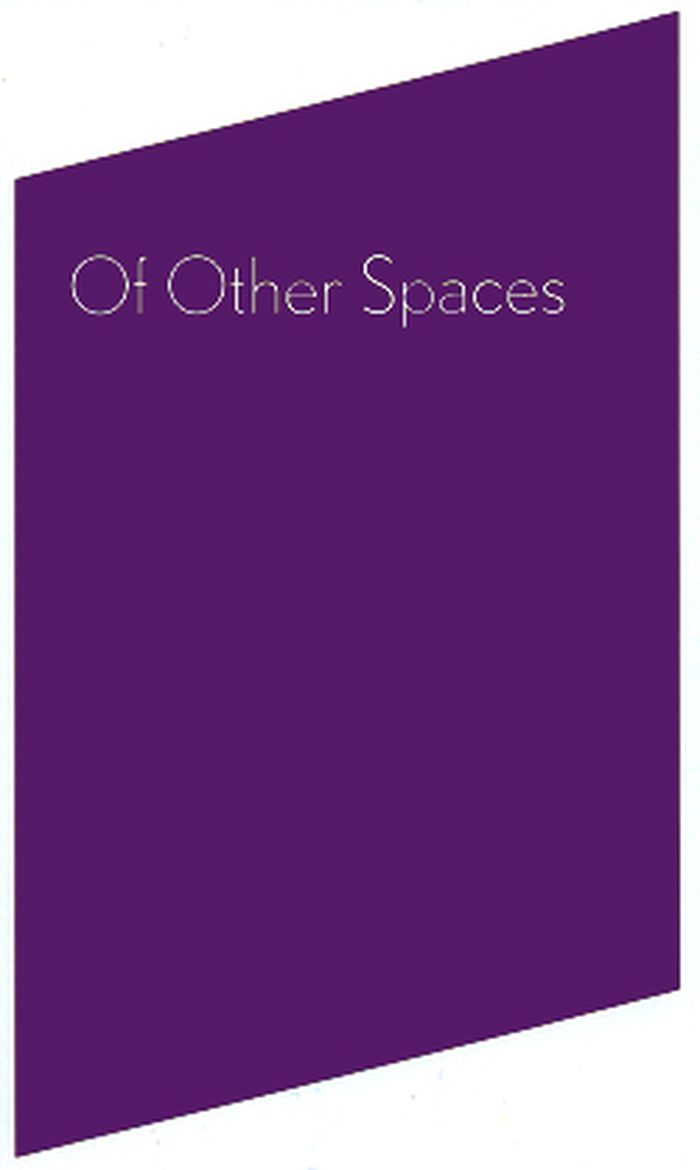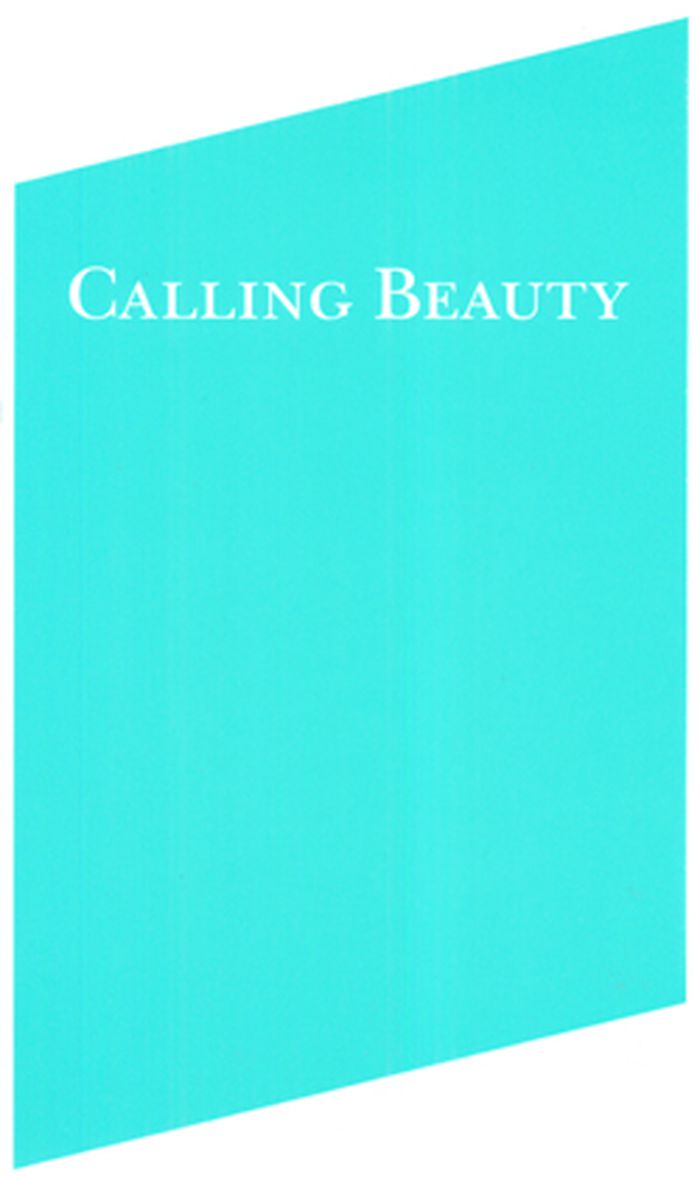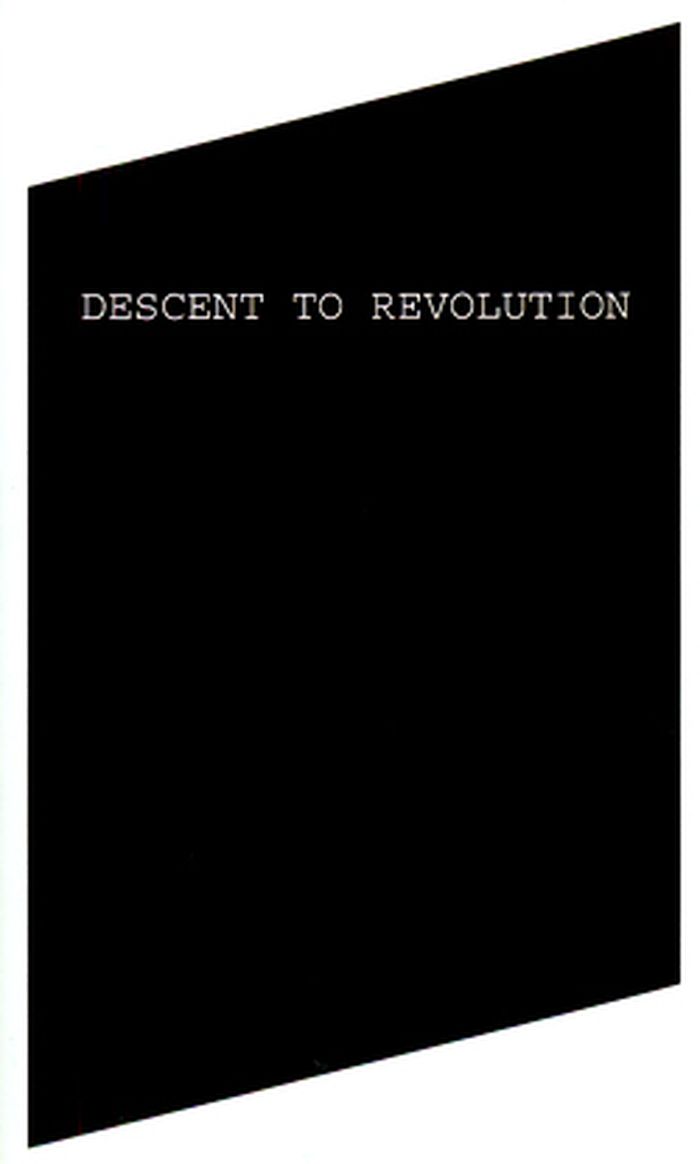$33.95
(disponible sur commande)
Résumé:
In this work of aesthetic theory, James Voorhies argues that we live in the shadow of old ways of thinking about art that emphasize the immediate visual experience of an autonomous art object. But theory must change as artistic and curatorial production has changed. It should encompass the full range of activities through which we encounter art and exhibitions, in which(...)
Postsensual aesthetics: on the logic of the curatorial
Actions:
Prix:
$33.95
(disponible sur commande)
Résumé:
In this work of aesthetic theory, James Voorhies argues that we live in the shadow of old ways of thinking about art that emphasize the immediate visual experience of an autonomous art object. But theory must change as artistic and curatorial production has changed. It should encompass the full range of activities through which we encounter art and exhibitions, in which reading and thinking are central to the aesthetic experience. Voorhies advances the theoretical framework of a “postsensual aesthetics,” which does not mean we are beyond a sensual engagement with objects, but rather embraces the cognitive connections with ideas that unite art and knowledge production. Cognitive engagements with art often begin with publications conceived as integral to exhibitions, conveying the knowledge and research artists and curators produce, and continuing in time and space beyond traditional curatorial frames. The idea, and not just visual immediacy, is now art's defining moment.
Muséologie
$45.95
(disponible sur commande)
Résumé:
In 1968, Robert Smithson reacted to Michael Fried’s influential essay “Art and Objecthood” with a series of works called non-sites. While Fried described the spectator’s connection with a work of art as a momentary visual engagement, Smithson’s non-sites asked spectators to do something more: to take time looking, walking, seeing, reading, and thinking about the(...)
Beyond objecthood: the exhibition as a critical form since 1968
Actions:
Prix:
$45.95
(disponible sur commande)
Résumé:
In 1968, Robert Smithson reacted to Michael Fried’s influential essay “Art and Objecthood” with a series of works called non-sites. While Fried described the spectator’s connection with a work of art as a momentary visual engagement, Smithson’s non-sites asked spectators to do something more: to take time looking, walking, seeing, reading, and thinking about the combination of objects, images, and texts installed in a gallery. In Beyond Objecthood, James Voorhies traces a genealogy of spectatorship through the rise of the exhibition as a critical form—and artistic medium. Artists like Smithson, Group Material, and Michael Asher sought to reconfigure and expand the exhibition and the museum into something more active, open, and democratic, by inviting spectators into new and unexpected encounters with works of art and institutions. This practice was sharply critical of the ingrained characteristics long associated with art institutions and conventional exhibition-making; and yet, Voorhies finds, over time the critique has been diluted by efforts of the very institutions that now gravitate to the “participatory.”
Muséologie
Of other spaces
$14.00
(disponible sur commande)
Résumé:
This catalogue is about how space affects human behavior and experience. The exhibition asks us to consider the ways in which spaces are charged with authority, and both serve and suppress our actions and ways of relating. The concept of “other spaces” is inspired by the philosophy of Michel Foucault, especially his thoughts on social relations and cultural practices(...)
Of other spaces
Actions:
Prix:
$14.00
(disponible sur commande)
Résumé:
This catalogue is about how space affects human behavior and experience. The exhibition asks us to consider the ways in which spaces are charged with authority, and both serve and suppress our actions and ways of relating. The concept of “other spaces” is inspired by the philosophy of Michel Foucault, especially his thoughts on social relations and cultural practices expressed in the intersection of space, architecture, and history.
Théorie de l’art
Calling beauty
$14.00
(disponible en magasin)
Résumé:
Calling Beauty is an investigation into the evolving definition of beauty as a concept of rarity and exclusivity. Organized around four basic pillars of reflection: still life, landscape, nude, and portraiture, the exhibition examines what has been traditionally viewed as beautiful, how that view has influenced contemporary art, and how it has shaped, paradoxically, an(...)
Calling beauty
Actions:
Prix:
$14.00
(disponible en magasin)
Résumé:
Calling Beauty is an investigation into the evolving definition of beauty as a concept of rarity and exclusivity. Organized around four basic pillars of reflection: still life, landscape, nude, and portraiture, the exhibition examines what has been traditionally viewed as beautiful, how that view has influenced contemporary art, and how it has shaped, paradoxically, an aesthetics of the everyday. Artists include Thorsten Brinkmann, Moyra Davey, Elizabeth Gerdeman, Ellen Harvey, Matts Leiderstam, Ryan McGinley, Anna Molska, Susan Sontag, Eve Sussman & The Rufus Corporation, and Darren Waterston.
Théorie de l’art
Descent to revolution
$14.00
(disponible sur commande)
Résumé:
Descent to revolution is an exhibition featuring five international artist collectives and collaboratives that respond to the social and economic frameworks of a city.
Descent to revolution
Actions:
Prix:
$14.00
(disponible sur commande)
Résumé:
Descent to revolution is an exhibition featuring five international artist collectives and collaboratives that respond to the social and economic frameworks of a city.
Théorie de l’art
